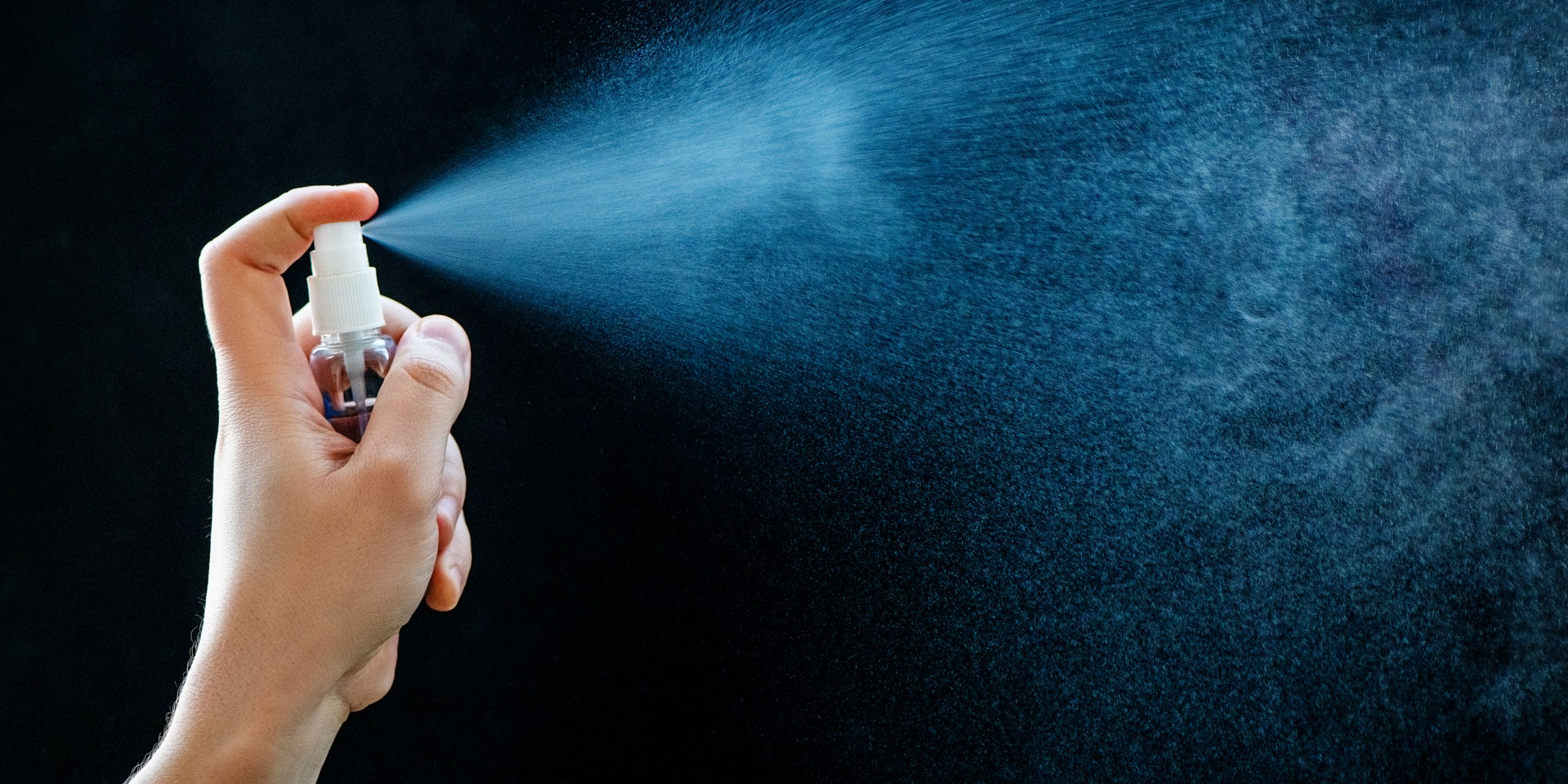Isopropyl Alcohol And Its Uses
Isopropyl Alcohol is an essential chemical for industrial manufacturing, consuming around 2.7 million metric tons annually. It was the first synthetic alcohol discovered by chemists at Exxon Mobil in the 1920s while researching uses for petroleum byproducts. This is one example of a product that would be impacted if we run out of petrochemicals, estimated to be in 2052 based on current consumption. While the fossil fuel industry is villainized for its contributions to climate change, the products that exist because of petrochemicals extend beyond fuel and range from simple alcohols to complex chemicals used in pharmaceuticals, cosmetics, and many other consumer products.

Isopropyl Alcohol (C3H8O), also known as isopropanol, 2-propanol and commonly sold in stores as rubbing alcohol, is a colorless, flammable liquid that is volatile, quickly turns into a vapor with a mild odor and can be mildly irritating to the eyes, nose, and throat. It is used in homes as a disinfectant. Compared to other common solvents and alcohols, Isopropyl Alcohol has relatively low toxicity; please review the Safety Data Sheet found here for more information on toxicity and ecotoxicity. It has many industrial uses but is often used in manufacturing as a starting material to synthesize other chemicals, in cosmetics and pharmaceuticals, and as a cleaning agent for electronics and technological equipment. This article will dive into how this simple alcohol is manufactured and its industrial uses, focusing on technology and cosmetics.
Manufacturing processes of Isopropyl Alcohol
Three different methods result in Isopropyl Alcohol through indirect and direct hydration of propylene and the catalytic hydrogenation of acetone. Indirect hydration uses propylene (a byproduct of the petrochemical industry) as the starting material with sulfuric acid as the reagent. This forms an intermediary product that goes through a hydrolysis reaction (add water), and the result is Isopropyl Alcohol. Direct hydration is less corrosive than indirect hydration because it doesn’t use sulfuric acid, there are fewer waste disposal problems, and the equipment can be non-corrosive. The direct reaction also starts with propylene but requires a pure propylene feed. Pure propylene is non-polar with very low solubility in water. Depending on the reaction conditions employed, propylene with water can yield a second phase: vapor phase, liquid phase or supercritical phase. Researchers are currently studying how to capture the products of the second phase best. The last method is relatively new, and the process is currently under patent by Taminco BV, Air Products, and Chemicals Inc. The patented process is hydrogenation (a reaction between hydrogen and an element in the presence of a catalyst) of acetone in three steps. First, contacting acetone with hydrogen under continuous liquid phase conditions, using a hydrogenation catalyst with a sponge metal catalyst, and finally promoted with an effective chromium promoter.
Isopropyl Alcohol and Technology Manufacturing
Isopropanol is a widely used solution in the semiconductor manufacturing process. As the United States seeks to invest heavily in the semiconductor industry, declaring the current shortage a “national security issue,” exposing our dependency on imports from abroad. This push for domestic manufacturing will support an increase in domestic chemical suppliers. Isopropyl Alcohol is one of the most common solvents used for cleaning and removing any water from electronics and machinery used for technology manufacturing. It is estimated that over a thousand tons of high-purity IPA will be used a year for a small-scale semiconductor plant. Since IPA is from petrochemicals and there is growing concern over future shortages and price increases, semiconductor industries are exploring new means for IPA waste recovery. The current process uses distillation to separate the IPA from other solvents. This process is not highly effective because even with, what is considered, a low boiling point of 180°F, to do this at scale requires a lot of energy. The other current method for waste recovery is pervaporation, a process that is more energy-efficient and uses a membrane separation process and evaporation. Although this uses less energy, it is a complex process and is not ideal for IPA waste recovery. Methods using columns and condensers are underway in research labs, but another industrial-scale process has not yet entered the market, making this a growing industry dependent on new product.

Isopropyl Alcohol an Essential Ingredient in Cosmetics
In 2022 the United States cosmetics industry hit revenues of $49 billion, and IPA at some point in manufacturing, touches almost all our products. When applied to the skin, it has a cooling effect upon evaporation. It is used in hand sanitizers and products with explicit use of preventing the growth of microorganisms. Less commonly known to consumers is its use in lotions, bath products, eye and makeup products, nail polishes, and other hair and skincare. As consumers demand better products, sourcing high-quality IPA and USP and ACS grades will help build that trust between brands and their market.
Isopropyl Alcohol is an essential and widely used solvent in technology, cosmetics, and many others. For businesses finding a reliable supplier in the United States for this as markets dependent on this product grow will be a vital step to ensuring smooth supply chains. To learn more about Lab Alley’s Isopropanol products, click here.
< Back


